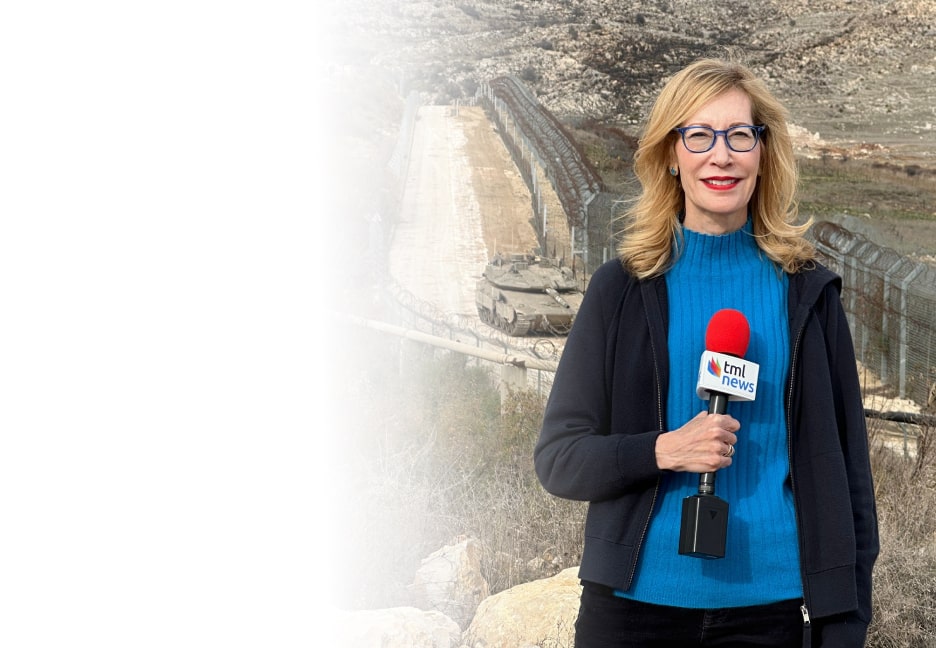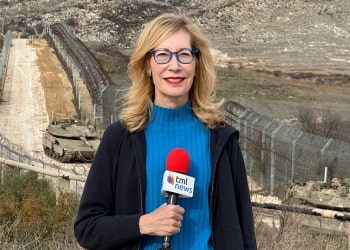An icon of Western-style economy tries to succeed amid poverty and joblessness
[Gaza City] The very idea seems irreconcilable: a brand new shopping mall offering more than thirty retail outlets, upscale restaurants and a food court opening in the Gaza Strip — in a location, Gaza City, synonymous with poverty, unemployment and danger. In fact, according to news reports, the amount of time the new Capital Mall is open for business during it pre-opening shake-down period – from 5 to 10 pm daily – exceeded by an hour the amount of time electricity is available to the Gaza Strip.
Nevertheless, thousands of people stormed Gaza’s newest attraction, The Capital Mall, on opening day. Hundreds of shoppers from Rafah in southern Gaza to Beth Hanoun in the north have been coming to Gaza City each day to visit the new mall before the official launch.
Even the reason for the delay of the grand opening bodes ill for the project’s success: containers loaded with equipment needed to complete the mall’s construction had not been allowed to cross into the Gaza Strip from Israel and the Kerem Shalom crossing point, Mohammed Hania told The Media Line. Hania is a partner in the Badri and Hania Company, a local Gaza corporation that has been doing business there for more than fifty years and is now betting — $15 million so far — that despite the failure of two previous attempts to operate shopping malls, Capital Mall with its multiple-stories, shops, eateries, central air conditioning and modern escalators, will succeed.
Speaking to The Media Line, Hania was realistic about the challenge being greater than selling spices and coffee when he opened for business in 1960, destined to become one of the largest Palestinian companies.
He estimates that it will take between five and ten years to recoup the investment in this huge project, presumably including the inherent instability and uncertainty life in the Gaza Strip offers.
Construction on the project began two years ago. Building was slower than it should have been because restrictions by both Israel and Egypt over what can enter Gaza make it difficult to obtain building materials as needed.
This holiday season, give to:
Truth and understanding
The Media Line's intrepid correspondents are in Israel, Gaza, Lebanon, Syria and Pakistan providing first-person reporting.
They all said they cover it.
We see it.
We report with just one agenda: the truth.


Nevertheless, a much more optimistic vision is the sight of hordes of young people already flocking to Capital Mall along with their families and friends.
Asked what brought her to the mall, Leila, a college student, told The Media Line that it “looks like the places [she sees] on television.”
Escapism seems to be a common theme. As Leila said, “walking around the huge modern shopping complex, one gets a feeling that he or she is no longer in Gaza,” an idea reinforced by American pizza and hamburgers, an Italian coffee shop and all of the international labels available in the clothing, shoes and fragrances sold in the mall.
Dina, a ninth-grader celebrating the end of her midyear exams, agrees. She, too, described Capital Mall as being “the closest thing to being in the United States or a European country.” Dina told The Media Line that she “has been dreaming of spending time in malls like other teenagers” she sees in movies.
And as is the case in those foreign neighborhoods where faraway malls are built, not everyone is happy with the presence of the mega-retailers. Fahdi, the owner of a clothing store not far from Capital Mall expressed the fear of losing vital business to its new shops.
Notwithstanding teenagers seeking a quick fix locally for their wanderlust and families seeking a destination to escape the pressures of living in Gaza, a massive new complex at which to dispose of one’s disposable income remains the square peg trying to fit into the round hole that is Gaza.
The reality, however, remains, according to United Nations figures, that more than one million of the Gaza Strip’s two million residents are living on handouts from international aid agencies. Poverty and unemployment rates are sky high. And Gaza’s Hamas rulers are more apt to publicize the dire economics side of life in Gaza than show-off the wealthy areas where the fortunate live in large homes and beautiful neighborhoods.
Rather than celebrating the presence of the Capital Mall, one is more likely to see Gaza described as “the biggest open air prison in the world.”
Amjad Al-Shawwa, director of the Palestinian NGOs Network, which represents over one hundred and thirty Palestinian civil society organizations, told The Media Line that the new mall doesn’t reflect the reality on the ground in Gaza. Rather, he characterized the new mall as an attempt by wealthy businessmen to improve the situation in Gaza despite the ongoing blockade. [Israel imposed a blockade of the Gaza Strip when, in 2007, Hamas wrestled control of the enclave from the Fatah-led Palestinian Authority.]
Al-Shawwa added that Israel allows consumer products to be sold in Gaza while it bans raw materials that can create real development and improve the socioeconomic standards of the people of Gaza.
According to economist Moshen Abu Ramadan, the mall does not change the reality on the ground. He explained to The Media Line that most Gazan youth are unemployed and around eighty percent of its residents receive aid.
Abu Ramadan said that in every society there are those who have the wealth to start small and big business ventures, but that doesn’t mean that the general population is rich or financially stable. In the case of Gaza, “sixty-percent are below the poverty line and thirty-percent are extremely poor,” he said.
With the first Gaza mall having gone belly-up two years ago and the second one struggling to stay in business, it now remains to be seen whether Capital Mall will survive the dire economy of the Gaza Strip.